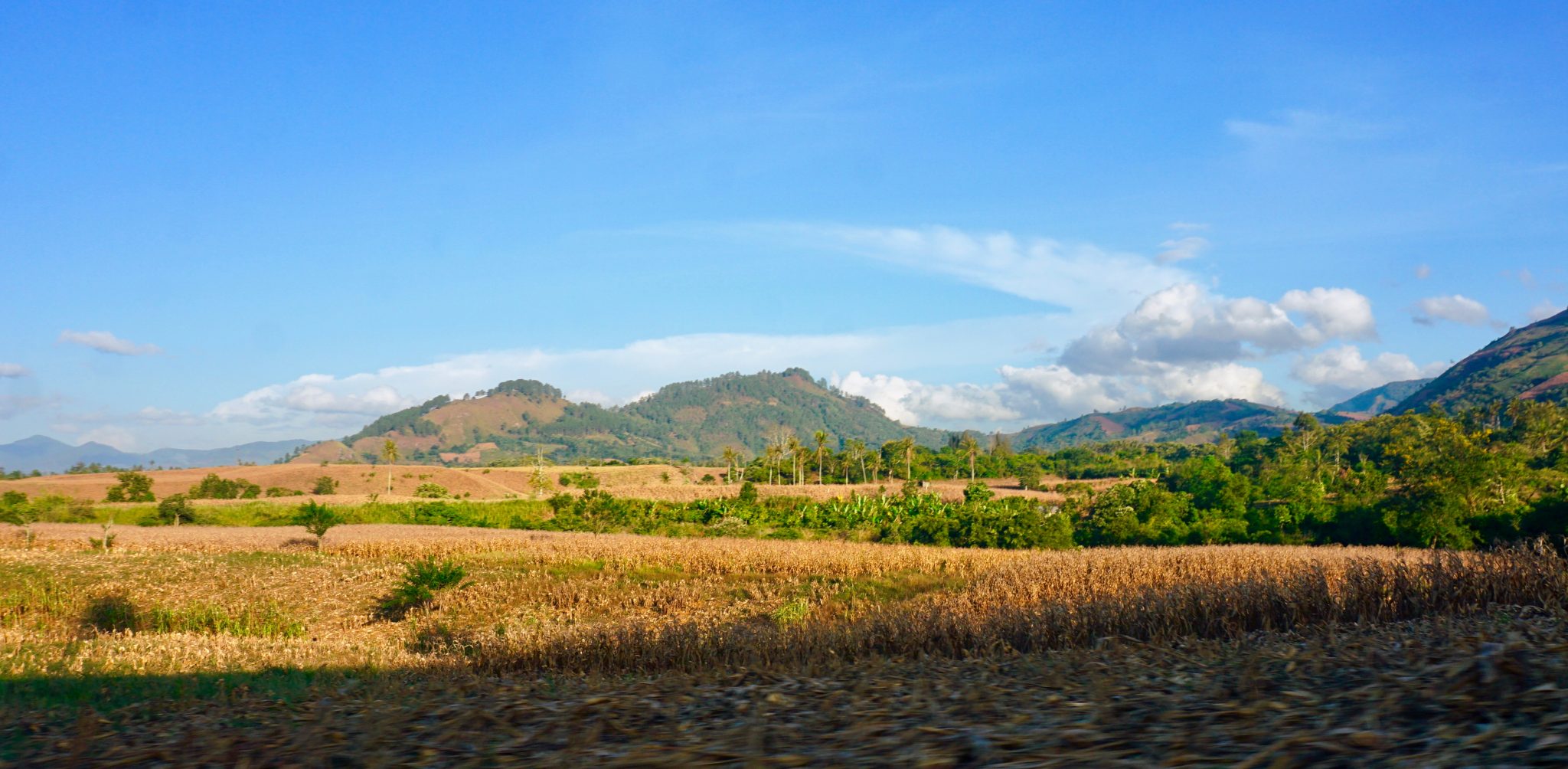


In almost all ecosystems, human activities are causing areas of pristine habitat to be broken into smaller, isolated fragments, causing both habitat loss and habitat fragmentation. Many studies have made it obvious that habitat loss is generally bad for biodiversity, causing a reduction in biodiversity and eventually species extinctions 1–4. However, the impact of habitat fragmentation, when equalising for habitat loss, is less obvious. Recently there have been multiple papers addressing the long-standing assumption that large singular tracts of habitat are better than singular, smaller tracts 5–15.
Despite this discussion, there remains much debate as to whether the general ecological response to habitat fragmentation is positive or negative. Perhaps when areas of protected habitat are more distributed, a greater variety of environments is preserved and so more species are prevented from going extinct? Yet this does not seem to be the case, particularly for larger species such as Indian Elephant, which require huge areas of habitat in order to find enough food.



How can we find an answer to this problem? A common solution is to study different ecosystems that have experienced habitat fragmentation and then compare the effect on biodiversity. However, this approach is limited as systems are never exactly equal and different studies have many different approaches to measuring both habitat fragmentation and the corresponding effect on biodiversity 7.
An alternative method of exploring the outcome of biodiversity following habitat fragmentation is by using computer models. One branch of model that can be used are spatially explicit neutral models which can account for landscapes with different levels of fragmentation. This approach was used for our recent paper in Ecology Letters 16 with Ryan Chisholm (National University of Singapore) and James Rosindell (Imperial College London). See Ryan’s blog post accompanying the publication here. Our models simulated many different landscapes and then measured the species richness that emerged from the neutral models. Depending on the landscape structure and the amount of habitat loss, some landscapes can generate higher biodiversity than others (Fig. 1). Notice that a small number of extinctions occur immediately with the habitat loss and a much larger number occur gradually over time as an extinction debt is repaid.



From exploring many different scenarios of habitat loss, we were able to derive mathematical formulas describing the species richness in spatially explicit neutral models. The formulas depend on a metric we call “effective dispersal”, which determines how far individuals travel across the fragmented landscape over many generations and in our mind is a much better measure of fragmentation than traditional fragmentation metrics. Under our metric, landscapes which may visually appear to have very high levels of fragmentation because of large numbers of distinct fragments, might actually quite well-connected as the fragments are close enough together to allow dispersal. This may partly explain why some studies which measure fragmentation simply in terms of the number of habitat fragments observe such varying outcomes for biodiversity.
Building on this idea, the current impasse in the fragmentation-diversity debate may be partly attributable to inconsistency in how habitat loss and fragmentation are measured, particularly when considering the surrounding area as well as the study region (Fig. 2). Moreover, the impact of time on extinction cannot be ignored, as even neutral models have a significant time lag between habitat loss and species loss (e.g. Fig. 1).



To understand how habitat fragmentation affects ecosystems, we must develop much more sophisticated models that can accommodate the intricacies of biological mechanisms and how they differ between taxa and locations. Our paper is just one step towards this goal, but already demonstrates the value in such an approach. Read our paper here, check out the code used for the simulations, the data used for figures and analyses or check out the package used to run these models.
- 1.Tilman, D., May, R. M., Lehman, C. L. & Nowak, M. A. Habitat destruction and the extinction debt. Nature vol. 371 65–66 (1994).
- 2.Tilman, D. et al. Future threats to biodiversity and pathways to their prevention. Nature vol. 546 73–81 (2017).
- 3.Dirzo, R. et al. Defaunation in the Anthropocene. Science vol. 345 401–406 (2014).
- 4.Ceballos, G., Ehrlich, P. R. & Dirzo, R. Biological annihilation via the ongoing sixth mass extinction signaled by vertebrate population losses and declines. Proceedings of the National Academy of Sciences vol. 114 E6089–E6096 (2017).
- 5.Fahrig, L. Effect of habitat fragmentation on the extinction threshold : a synthesis. Ecological Applications vol. 12 346–353 (2002).
- 6.Fahrig, L. Effects of Habitat Fragmentation on Biodiversity. Annual Review of Ecology, Evolution, and Systematics vol. 34 487–515 (2003).
- 7.Fahrig, L. Ecological Responses to Habitat Fragmentation Per Se. Annual Review of Ecology, Evolution, and Systematics vol. 48 annurev–ecolsys–110316–022612 (2017).
- 8.Fahrig, L. Habitat fragmentation: A long and tangled tale. Global Ecology and Biogeography vol. 28 33–41 (2019).
- 9.Ewers, R. M. & Didham, R. K. Habitat fragmentation: panchreston or paradigm? Trends in Ecology and Evolution vol. 22 511 (2007).
- 10.Krauss, J. et al. Habitat fragmentation causes immediate and time-delayed biodiversity loss at different trophic levels. Ecology Letters vol. 13 597–605 (2010).
- 11.Haddad, N. M. et al. Habitat fragmentation and its lasting impact on Earth’s ecosystems. Science Advances vol. 1 e1500052–e1500052 (2015).
- 12.Wilson, M. C. et al. Habitat fragmentation and biodiversity conservation: key findings and future challenges. Landscape Ecology vol. 31 219–227 (2016).
- 13.Fletcher, R. J. et al. Is habitat fragmentation good for biodiversity? Biological Conservation vol. 226 9–15 (2018).
- 14.Fahrig, L. et al. Is habitat fragmentation bad for biodiversity? Biological Conservation vol. 230 179–186 (2019).
- 15.Miller-Rushing, A. J. et al. How does habitat fragmentation affect biodiversity? A controversial question at the core of conservation biology. Biological Conservation vol. 232 271–273 (2019).
- 16.Thompson, S. E. D., Chisholm, R. A. & Rosindell, J. Characterizing extinction debt following habitat fragmentation using neutral theory. Ecology Letters (2019).
